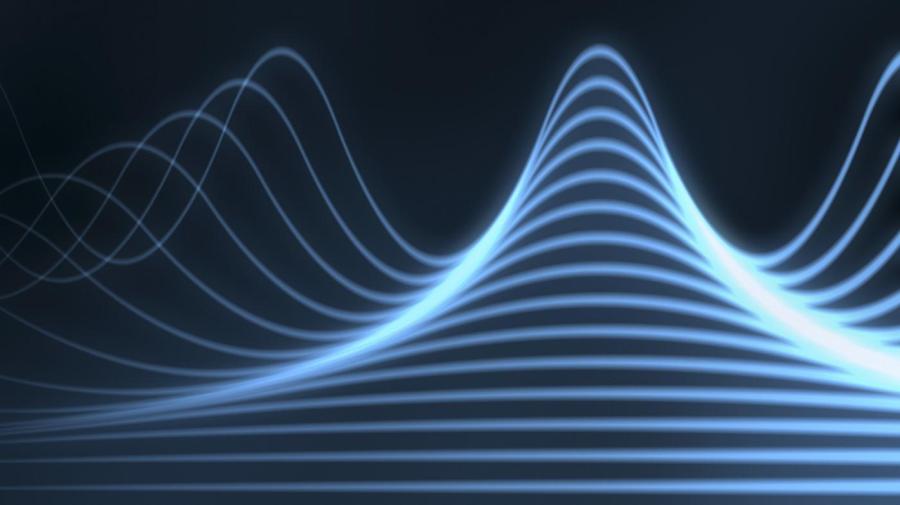What Are the Parts of a Transverse Wave?

Parts of a transverse wave include the crest, trough, amplitude and wavelength. The crest is the top of the wave, and the trough is the bottom. The amplitude refers to the height of the wave from the midpoint, or rest point, of the wave. The wavelength is the length it takes for the wave to complete one cycle.
The middle of a transverse wave is called the equilibrium or rest position. This is the point at which the particles experience no disturbance. The crest is the highest point of upward displacement of the wave moving through a medium. The trough is the point of lowest displacement.
Amplitude refers to the maximum displacement from the rest position. Amplitude is the measurement of the height of the wave, either from the rest point to the crest or from the rest point to the trough. The wavelength is the measure of one complete cycle from one crest to the next crest or from one trough to the next trough.
A transverse wave is one in which the energy of the wave displaces particles perpendicular to the energy wave. For instance, a ripple on a pond moves the water up and down, while the energy moves horizontally across the water. Springs moving up and down and vibrating piano strings are also physical examples of transverse waves.





